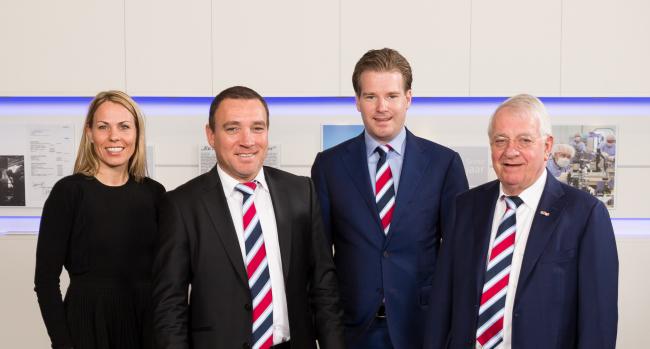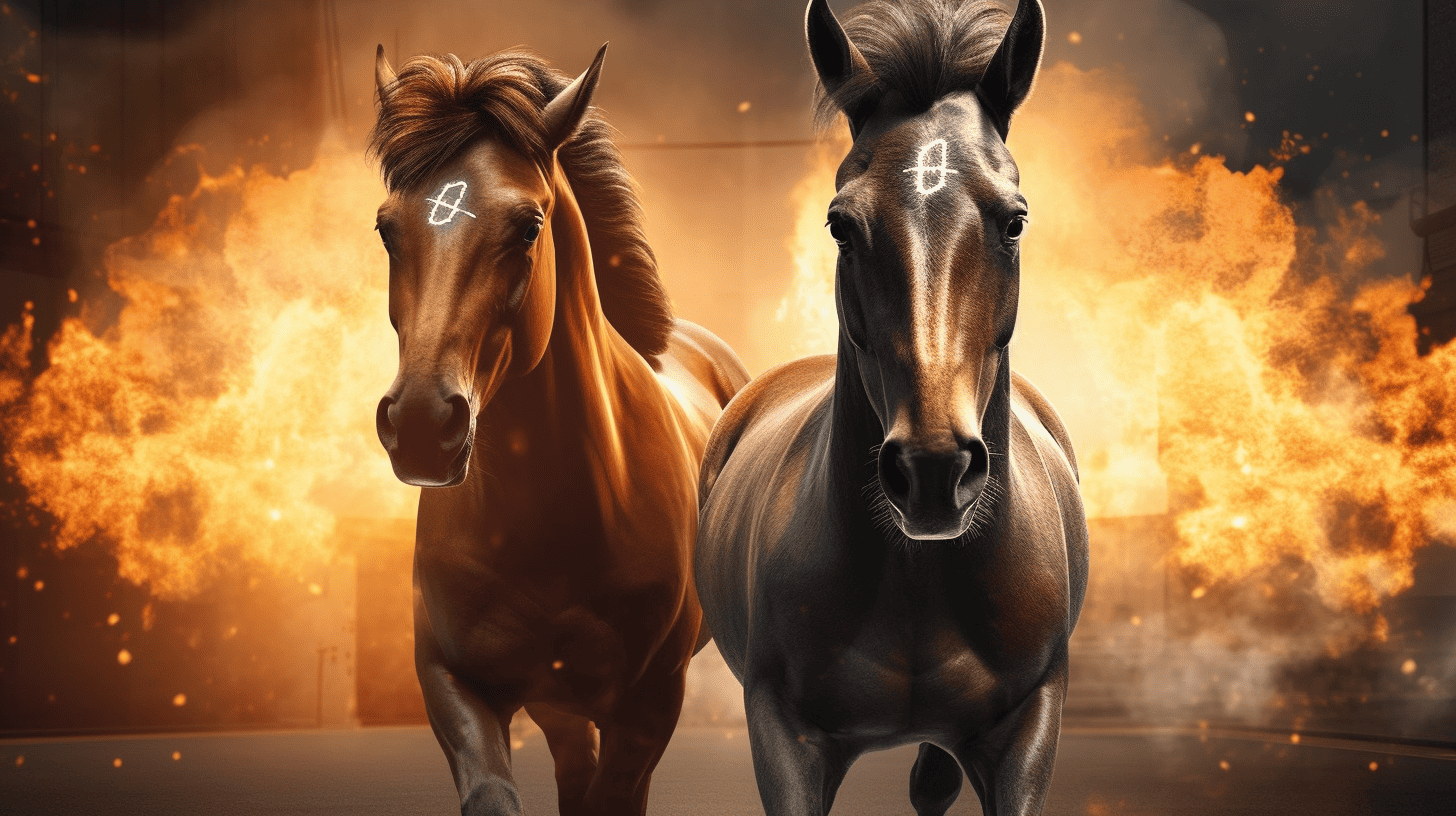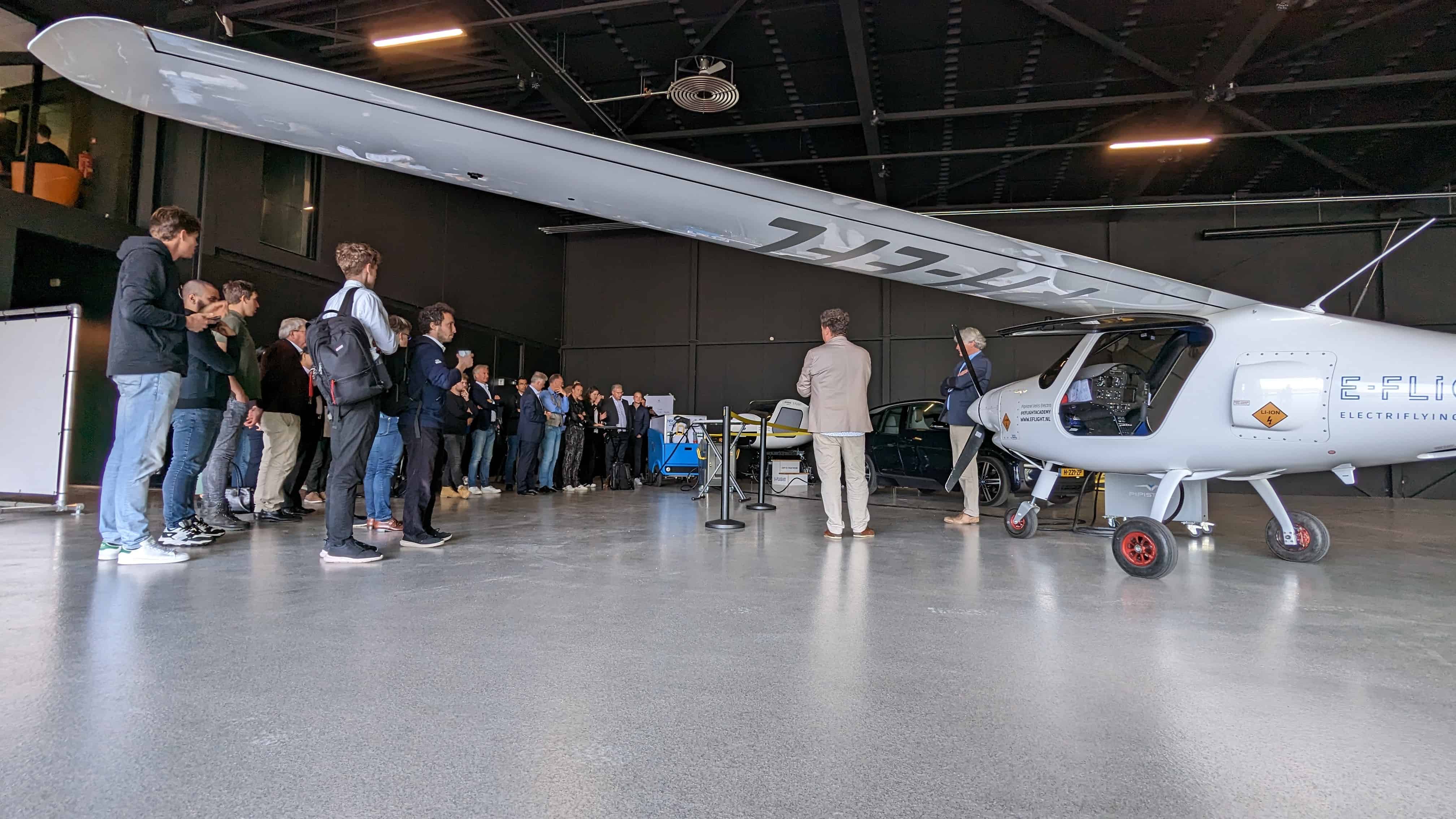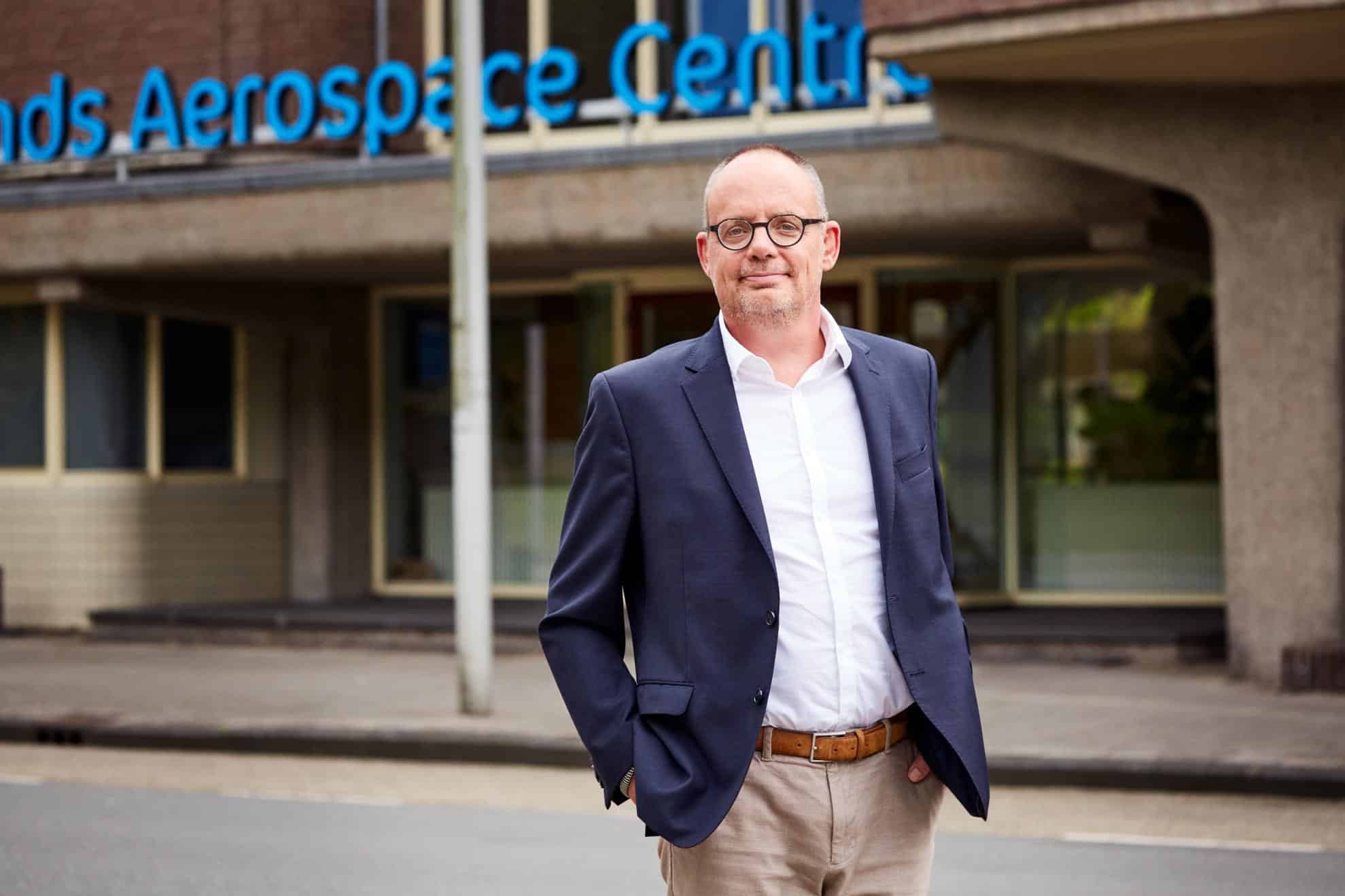
Current trends in the transition to electric mobility are besides electrification, the continuous connectivity of the vehicle with the cloud, autonomous driving and MaaS (mobility as a service). Menno Kleingeld stated this during one of the DTW talks last week (title: “Emergence and development of zero-emission heavy duty e-mobility“). He is chief information officer ‘Automotive Technology’ of the VDL Group, a family-owned industrial company best known for the development and manufacture of buses.
End of the hype
In the DTW Talk, Kleingeld and moderator Bart Brouwers focused on autonomous driving in heavy road transport (‘heavy duty’). “The hype of autonomous driving is over,” Kleingeld noted. The images of Teslas – where passengers watch a movie instead of steering – went all around the world. As did the images of crashed cars because the ‘computer driver’ was not so well trained. “Realism has returned. Autonomous driving currently only really makes sense in confined areas where traffic is manageable.”
The DTW Talk ‘Emergence and development of zero-emission heavy duty e-mobility’ (in Dutch).
VDL has a lot to say about this too. Their automated guided vehicles operate in harbor areas and on factory sites. One example is the automated transport of tanks at a large factory operated by the chemical company BASF. The deployment of the vehicles has led to a nearly 30 percent increase in road transport productivity.
The city bus of the future
“The roll-out of autonomous driving will be gradual. The next step is autonomous driving on restricted bus lanes, with the added advantage that the bus always stops at exactly the same point. That’s a good thing for the passengers. By the way, also for the damage manager. Because this kind of city bus will never hit a kerb, for instance.”
The city bus of the future can look for a parking space on its own and connect itself to the grid.
In any event, public transport buses are suitable for the next step in autonomous driving. Kleingeld can easily imagine that in the near future, a driver will leave the bus at the depot entrance at the end of their shift. Then the (obviously electric) vehicle will look for a parking space on its own and connect itself to the grid. For the time being, autonomous driving in a busy inner city is not an option yet. But that’s certainly on the way, so the VDL driver expects.
Range
In any case, public transport in particular is closely following the trends in electric mobility. This is partly due to the objectives of the European Union. Five years ago, the parties in public transport in the Netherlands decided that from 2025 onwards, new buses must be emission-free. By 2030, no more polluting buses will be allowed ton the roads. Other European countries have made similar agreements.
Electric buses that transport groups over longer distances (coaches) still have the problem of having a limited range. “To us, it is clear that a powertrain is electric. It is also the most efficient way, and italso involves a minimum of heat generation.”
“But in terms of the electric transition to these types of coaches, it is important that the issue of energy storage is resolved. However, developments in battery technology are moving extremely fast. Consider, for example, the development of solid-state batteries. Nowadays, these strides are going in leaps and bounds. It will definitely become possible to also be able to drive electrically over long distances.”
VDL is not only a consumer of batteries but also a developer. So, it works with the Holst Centre as part of its VDL ETG Projects. The Holst Centre is an R&D center that develops autonomous sensor technologies, among other things.
Trailer with hydrogen
VDL has also tried out its first experiments with hydrogen. That solution can be described as exceedingly original. The company has equipped electric buses with a small trailer, which contains a hydrogen fuel cell and tanks. This greatly extends the range. “If you want to couple a proven technique with a technology that is not yet mature, a trailer like this is not such a crazy idea.”
VDL had already done trials with formic acid (methanoic acid). The company worked with researchers at the Eindhoven University of Technology (TU/e) to transform hydrogen into formic acid and vice versa. As a liquid energy carrier, formic acid can be stored and transported much more easily.
Under the hood
As far as the manufacturing of its vehicles is concerned, VDL has opted for the use of platforms, following the example of other companies in the automotive industry. VDL distinguishes five types of platforms: coach, public transport, van, truck and automated vehicles. Components are built module by module on these, such as the engine, batteries and energy system. As an example, the VDL public transport bus obviously looks completely different from the electric truck Yet under the proverbial hood, there is not that much difference.
VDL Groep, headquartered in Eindhoven, the Netherlands, is an international industrial family business with 104 companies spread over 20 countries and with approximately 16,000 employees. The VDL companies are divided into the four divisions: Supplies, Auto Assembly, Buses and Finished Goods.
Read the other stories about the Dutch Technology Week here.







